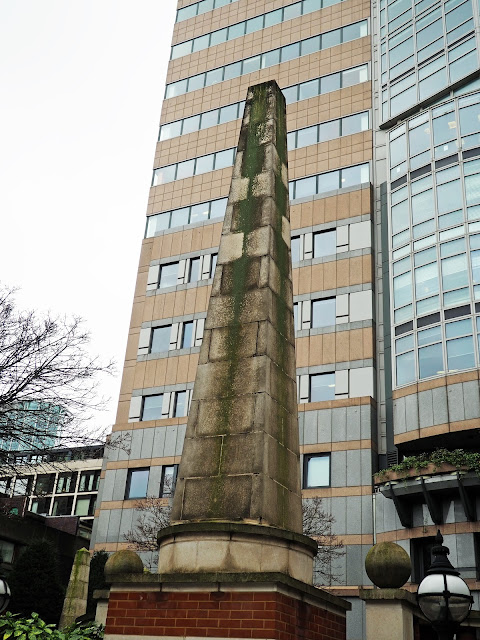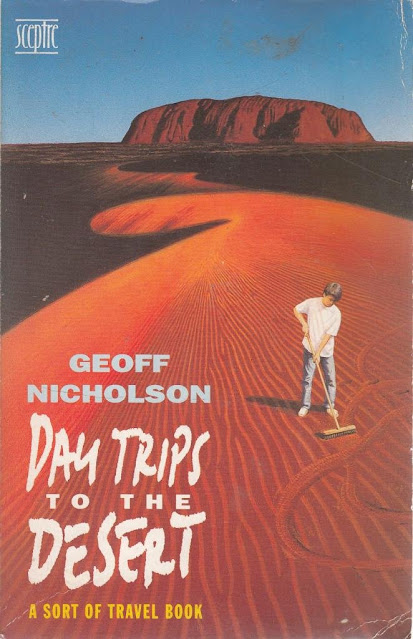As I’ve said before, I accept that not everybody is as moved by and as interested in obelisks as I am. But once you start looking for them they pop up all over the place – you’ll be walking along and boom – there it is, often in the least likely place.
Let’s say, for example, one afternoon you’re ambling in Mistley in Essex, just up the road from where I live, and you see a garden containing a tall, green topiary obelisk, well you’re going to be impressed by that: but wait.
Then you walk a little further up the street and you see that behind the live, growing obelisk there’s a wooden garden obelisk, as they’re called. These aren’t really obelisks in any real sense – they're not made from one piece and they lack the all-important pyramidion – but they’re still a good thing.
And then say, one night having been to a lecture by Todd Longstaffe-Gowan on the lost gardens of London, and you’re walking along the Albert Embankment between Lambeth and Vauxhall, and you see this thing tucked away behind a hoarding. I took a picture, not sure what I was taking a photograph of. A spot of Photoshopping helped a little, but only a little.
Some online research reveals that it’s standing tight beside the headquarters of the International Maritime Organisation:
More than that I don’t know, but I’m inclined to think it must be some kind of ventilation duct, most likely for the Tube, like this one in honour of George Dance the Younger, who laid out the Finsbury Estate in the last quarter of the eighteenth century.
Frankly it seems to me that if you’re going to have a ventilation duct for a subterranean railway, then why wouldn’t you have it in the shape of an obelisk?
And then, and I don’t want you to think my life is glamorous or colourful or anything, but last week I was given a personal tour of the Charles Jencks’ Cosmic House (currently under refurbishment). My guide was Edwin Heathcote, who writes about architecture and design in the Financial Times, and is also ‘The Keeper of Meaning’ at the house – a job title that’s hard to improve on. (I get to call him Eddie).
There was also this marvelous and unusual tableau, someone working at a computer while bracketed by obelisks. I may have to find a way of doing that myself.



































